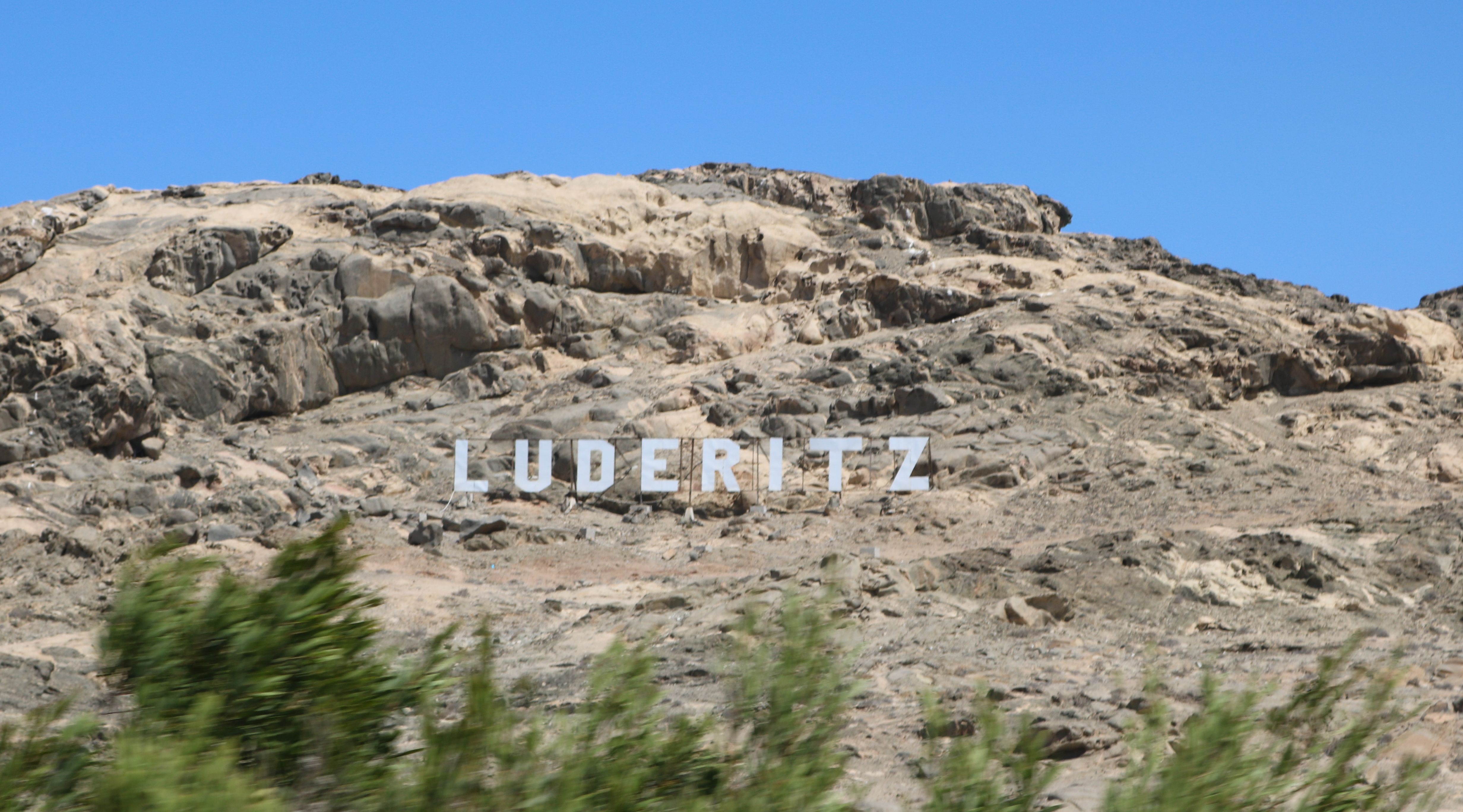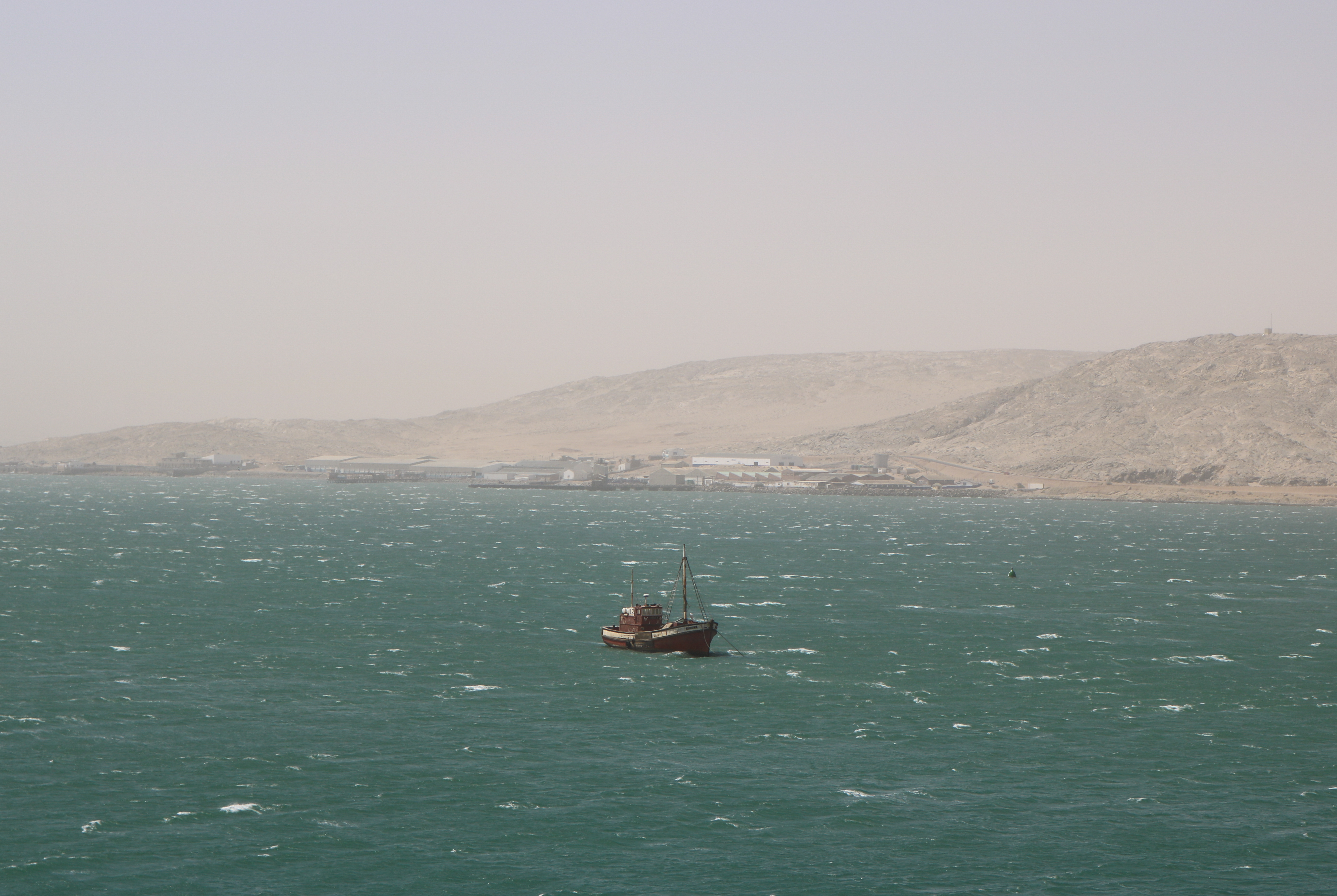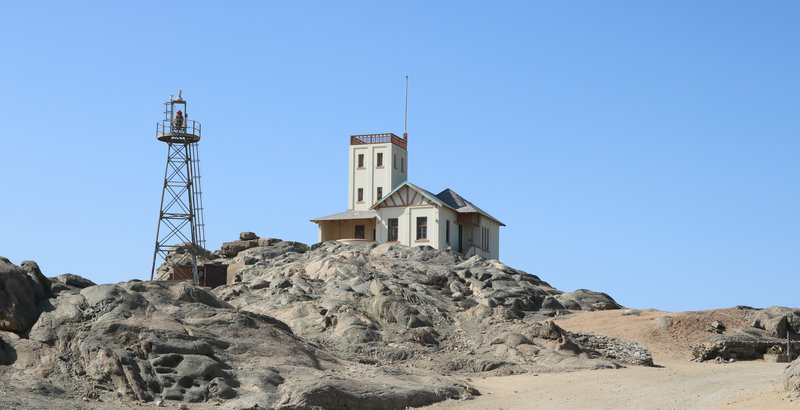Author: Keith Nagel
Location: Windhoek, Namibia
My first few weeks in Africa were full of traveling around South Africa and traveling around Namibia. Mostly, I was getting a taste of my new home for the next three months. In most study abroad experiences, this phase is one in which you are in all intents and purposes a tourist. You usually dress like a tourist and any local can easily spot you in a crowd.
This phase is a great time to learn and to see new places as you begin to make the transition from a tourist to a student who is living in that country. It took about two weeks after this traveling before I really felt like I was here to stay. Although I had a great time traveling and seeing the sights, it was only when I started classes that I was really able to critically reflect on some of my experiences. It is important to engage with your experiences on a deeper level than the surface, especially in countries like South Africa and Namibia, where history isn’t always clearly evident.
For me this realization hit home when we traveled to a small town on the Namibian coast called Lüderitz. Famous for its diamonds, this former German settlement is a popular tourist attraction for Europeans. Before learning about the legacy of German oppression and the subsequent apartheid system under the South Africans before Namibian Independence in class, I would have just thought Lüderitz was a quaint town little town with striking German influences. If you delve even further into the history of Lüderitz you will find that it was the location of the first concentration camp of the 20th century, 30 years prior to the Nazi regime in Germany. Germany only recently publically apologized for their genocide in Namibia, which targeted the Herero and Nama ethnic groups. Almost everything that the Nazis did in their concentration camps of WWII can be traced back to their concentration camps in their former colony of Namibia. The actual location of the camp in Lüderitz is now a local campsite and bears no memorial to those that died there. One of my tour guides even made a passing joke that the railroad that, in colonial times, took 11 months to build was just renovated over the period of 11 years. What our guide neglected to mention was that in colonial times slaves were used from the concentration camps and were worked to their deaths while building the rail lines.
My point in sharing this sad story is to show that you can visit and even study in a country without really knowing what you’re looking at. Even if you study or travel abroad in countries like Australia or Germany I would urge you to look deeper into their history, and you may find something you would never expect. I know that reflecting critically on my experiences has made them more meaningful. As a final encouragement, try not to be a tourist for too long, or you might miss out on being a true student in your country.




Leave a Reply